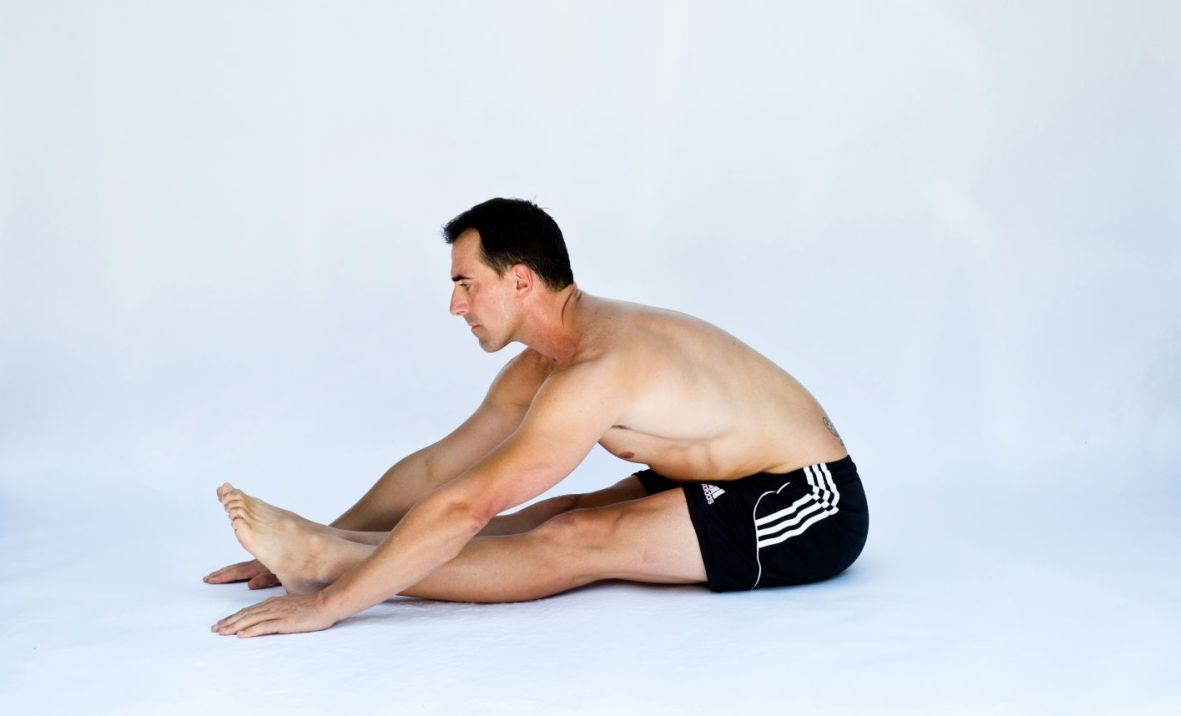Tight hamstrings are a common woe for many individuals, causing discomfort and limiting mobility. Whether you’re an athlete, desk worker, or someone in between, tight hamstrings can affect people of all walks of life. In this blog, we’ll delve into the causes of tight hamstrings and provide practical tips and exercises to help you find relief and improve flexibility.
Understanding the Causes:
Sedentary Lifestyle
Prolonged sitting or a lack of physical activity can contribute to tight hamstrings. Incorporating regular movement into your routine is crucial.
Muscle Imbalance
Weakness in opposing muscle groups, such as the quadriceps and hip flexors, can lead to overcompensation by the hamstrings, causing them to tighten.
Poor Posture
Maintaining improper posture during activities like sitting or standing can strain the hamstrings over time, leading to tightness.
Overuse or Overtraining
Athletes who engage in repetitive activities, such as running or cycling, may experience tight hamstrings due to overuse.
Inadequate Warm-Up
Failing to properly warm up before exercise can contribute to muscle tightness. Warm-up activities prepare the muscles for the upcoming physical stress.
Tips for Relief
Dynamic Stretching
Incorporate dynamic stretches into your warm-up routine to gradually lengthen and prepare the hamstrings for activity. Examples include leg swings and high knees.
Static Stretching
Perform static stretches after your workout or during dedicated stretching sessions. Focus on exercises like toe touches and seated hamstring stretches, holding each stretch for 15-30 seconds.
Foam Rolling
Use a foam roller to massage and release tension in the hamstrings. Roll slowly over the muscle, paying attention to any tender areas.
Strengthening Exercises
Targeting the muscles surrounding the hamstrings can help alleviate tightness. Include exercises like lunges, squats, and leg curls in your routine to achieve a balanced muscle development.
Yoga and Pilates
Incorporate yoga or Pilates into your fitness regimen to enhance flexibility and strengthen the entire body, including the hamstrings.
Massage Therapy
Regular massages can help reduce muscle tension and improve blood flow, promoting flexibility in the hamstrings.
Hydration and Nutrition
Stay hydrated and maintain a balanced diet rich in nutrients, as dehydration and nutritional deficiencies can contribute to muscle tightness.
When to Seek Professional Help: If your tight hamstrings persist despite consistent efforts or if you experience severe pain, it’s essential to consult with a physiotherapist or healthcare professional. They can assess your individual situation, provide personalised advice, and recommend specific exercises or interventions.
Tight hamstrings don’t have to be a perpetual source of discomfort. By incorporating a combination of dynamic stretching, strengthening exercises, and other therapeutic techniques into your routine, you can gradually improve flexibility and find relief. Remember to listen to your body, stay consistent with your efforts, and seek professional guidance if needed. Embrace the journey towards looser, more flexible hamstrings, and enjoy the benefits of improved mobility and overall well-being.
If you have tight hamstrings and would like to speak with a physio, get in touch with us at SJC and we’ll be happy to help!




